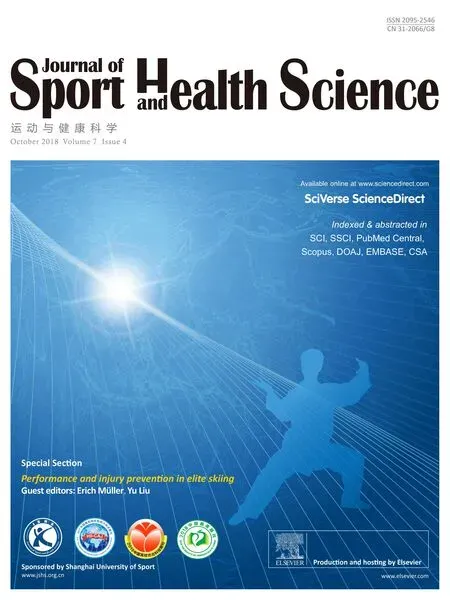Intention and automaticity toward physical and sedentary screen-based leisure activities in adolescents:A profile perspective
2018-11-30GonzaloMarchantGuillaumeChevanceJulieBoich
Gonzalo Marchant,Guillaume Chevance,Julie Boiché*
aLaboratory Epsylon “Dynamics of Human Abilities and Health Behavior” (EA 4556),University of Montpellier,4 Boulevard Henri IV,Montpellier 34000,France
bLaboratory L-ViS(EA 7428),University Claude Bernard Lyon 1,Bâtiment R.Dubois-27-29 bd du 11 novembre 1918,Villeurbanne cedex 69622,France
cClinique du Souffle LaVallonie,5 Santé Group,800,Avenue Joseph Vallot,Lod`eve 34700,France
Abstract Purpose:Physical activity(PA)and sedentary behavior(SB)are increasingly considered independent health behaviors.Additionally,current research suggests that both controlled and automatic determinants account for their adoption.The purpose of this article was to identify intention-automaticity profiles toward PA and screen-based SB and to examine how those profiles are associated with different behavioral patterns.Method:Two cross-sectional studies based on self-report questionnaires were conducted with French high school students(Study 1:n=198;Study 2:n=185).Results:In all,4 distinct motivational profiles appeared.The first 3 clusters emerged in both studies:“PA”(high levels of automaticity and intention for PA,low levels of automaticity and intention for screen-based SB);“screen”(high levels of automaticity and intention for screen-based SB,low levels of automaticity and intention for PA),and “mixed”(high levels of all variables),whereas the fourth cluster was observed only in Study 2:“high control”(below-mean levels of automaticity,high levels of intention toward both PA and screen-based SB).Adolescents with a screen profile displayed the least healthy behavioral pattern,whereas those in the PA profile demonstrated the most favorable behaviors.Conclusion:Future research is needed to extend these results to other populations using complementary assessment methods of automatic psychological processes and PA and SB behaviors.
Keywords:Active lifestyle;Cluster analysis;Control;Dual process;Exercise;Habit motivation;Physical activity
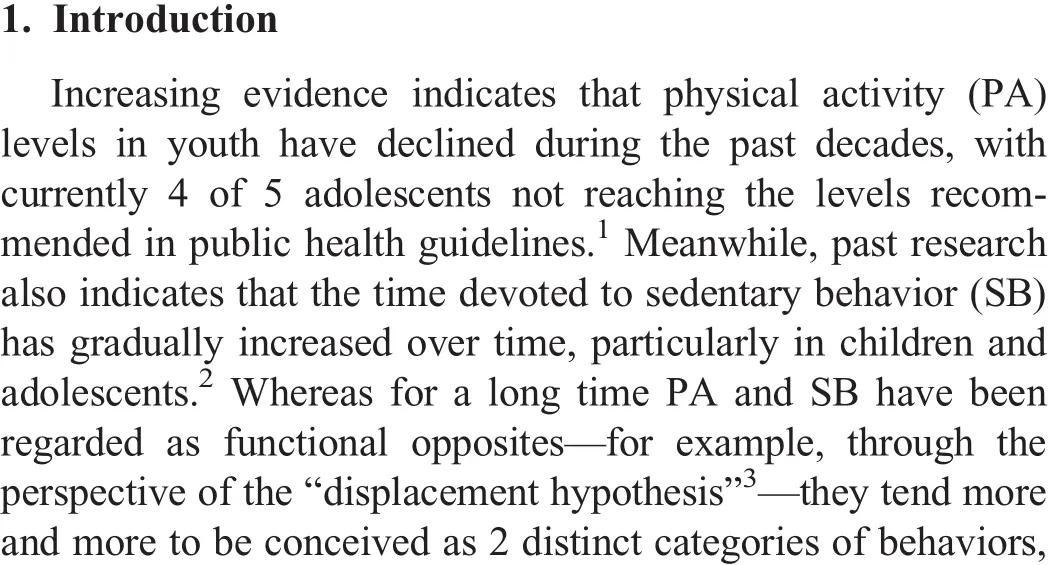
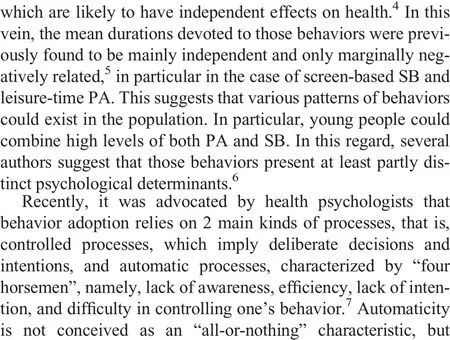

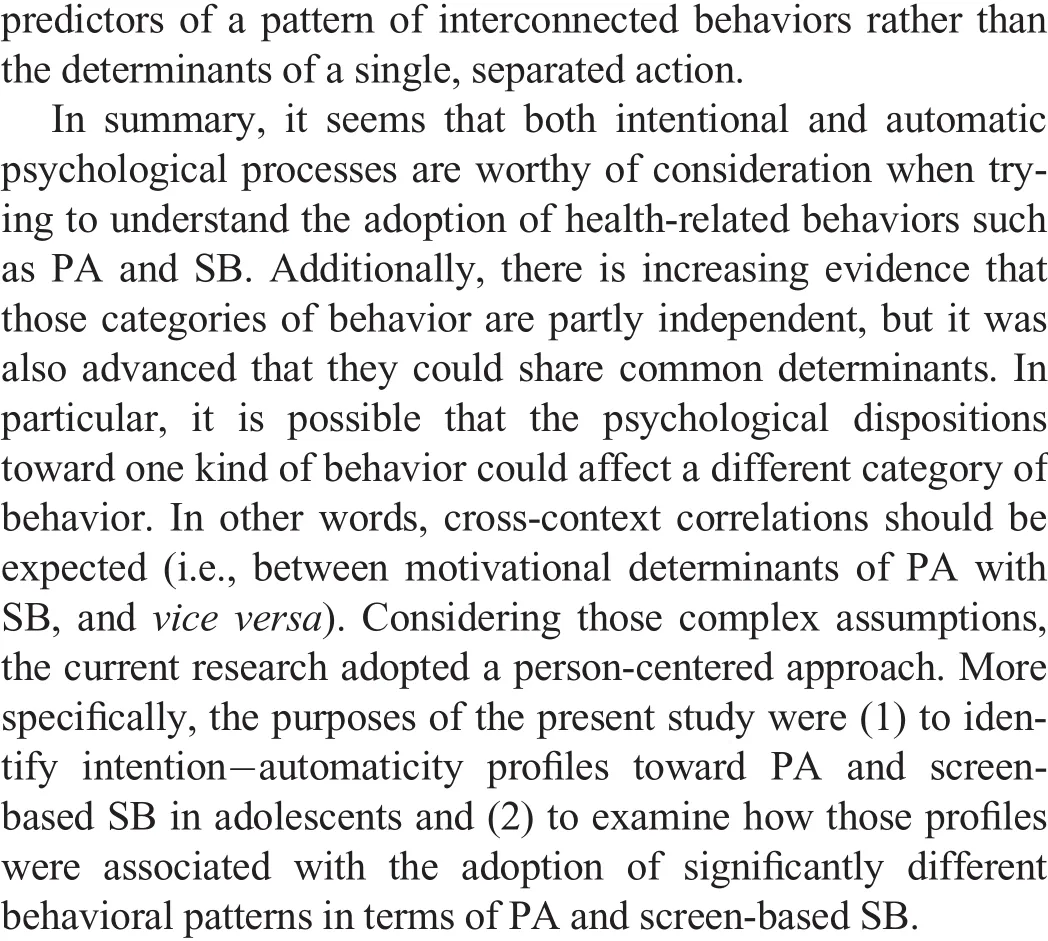
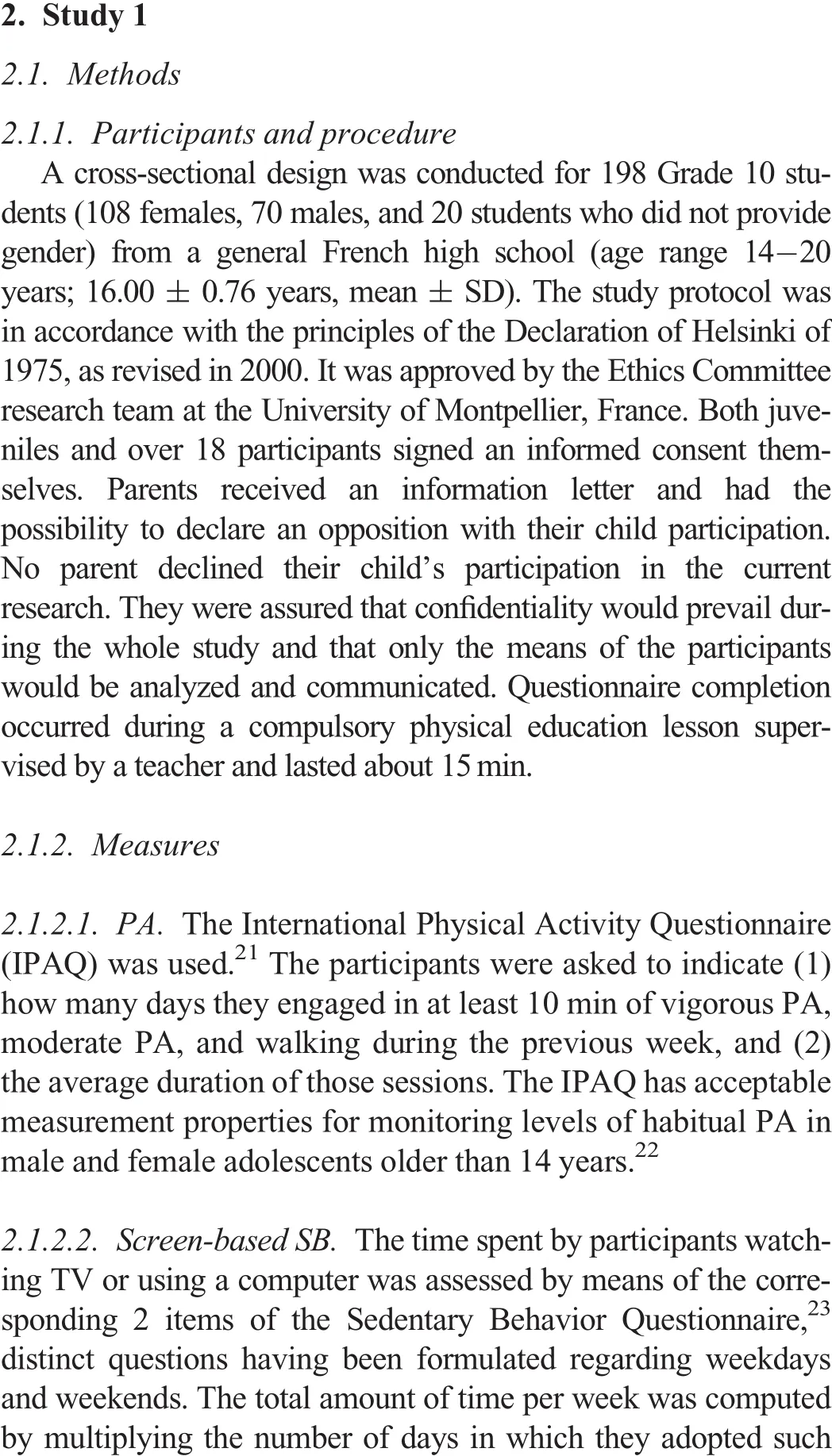


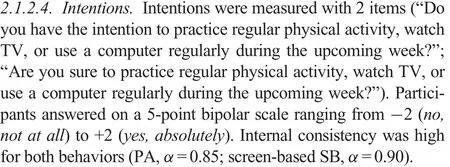
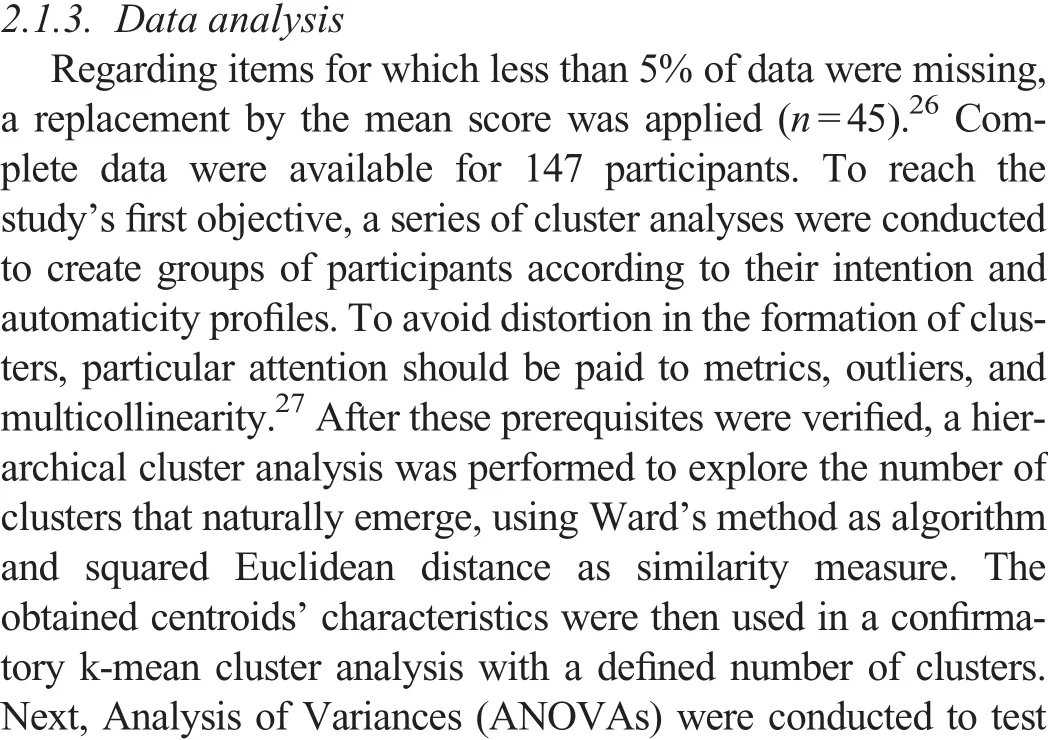

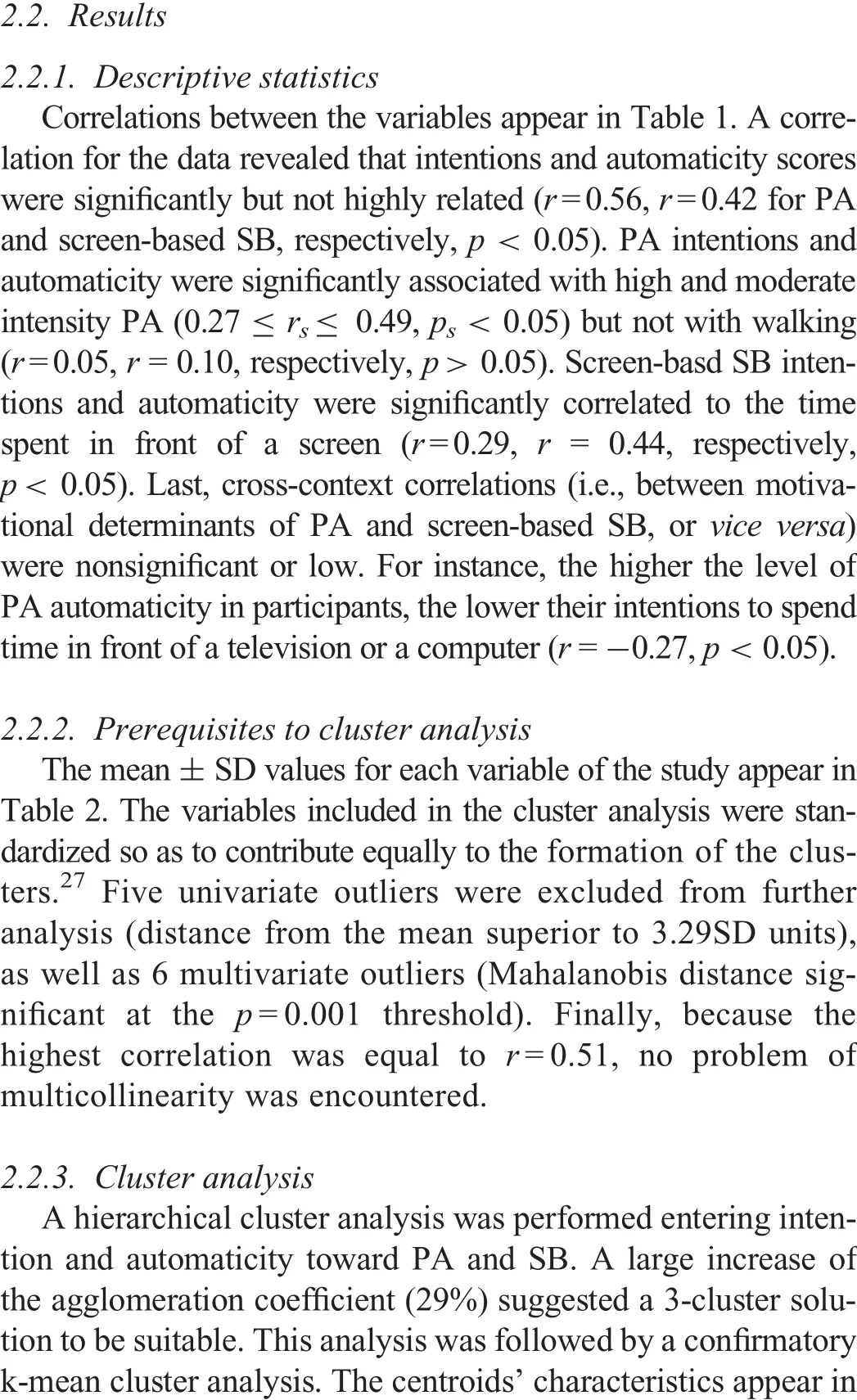

Table1 Correlation coefficients for Studies 1 and 2.

Table2 Mean value and centroid characteristics of intention and automaticity for PA and SB(Study 1,mean±SD).

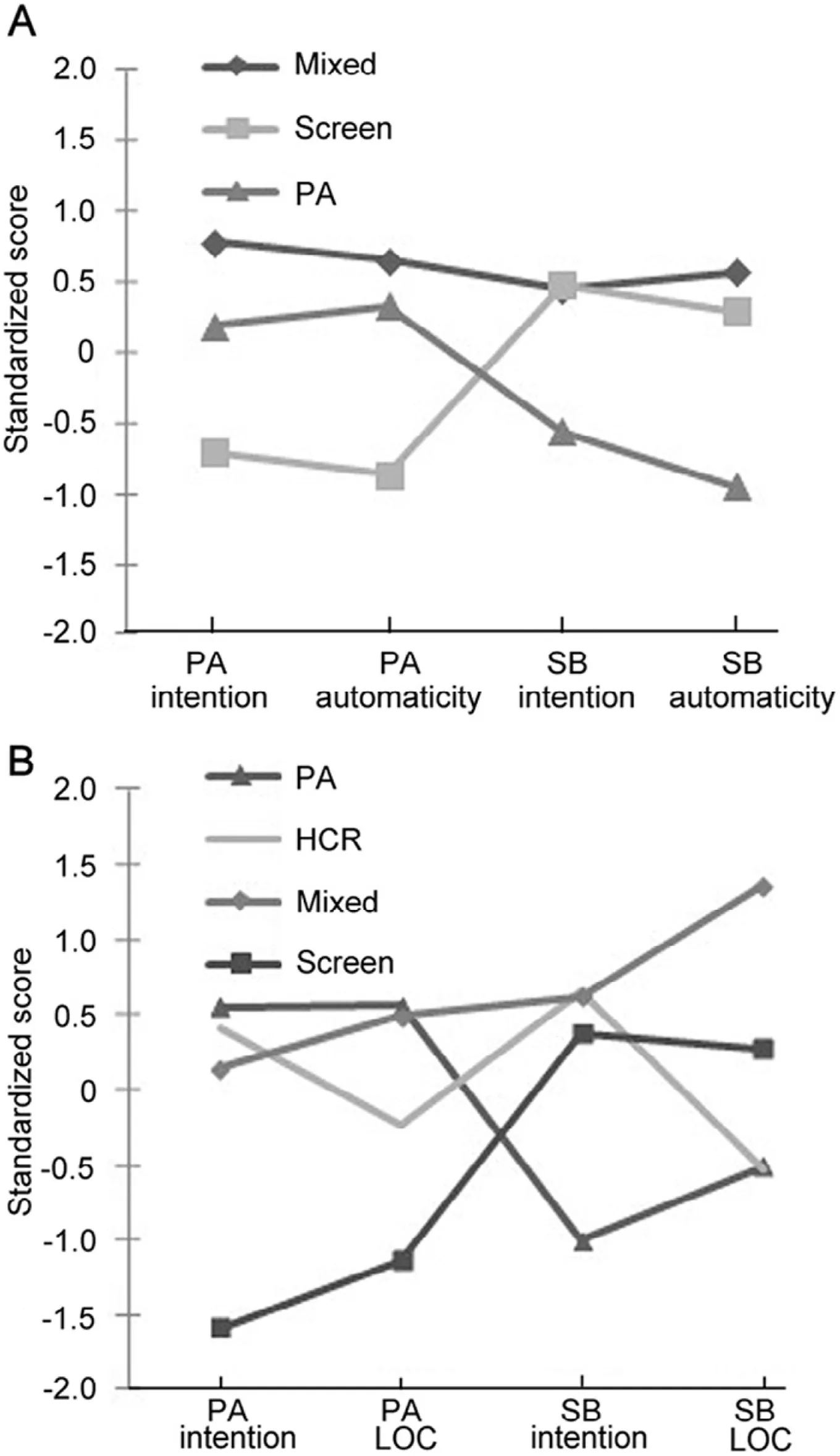
Fig.1.Intention-automaticity profiles(Study 1,A)and intention-lack of control profiles(Study 2,B)observed among secondary school students.HCR=high control profile;mixed=mixed profile;LOC=lack of control;PA=physical activity;SB=sedentary behavior;screen=screen profile.
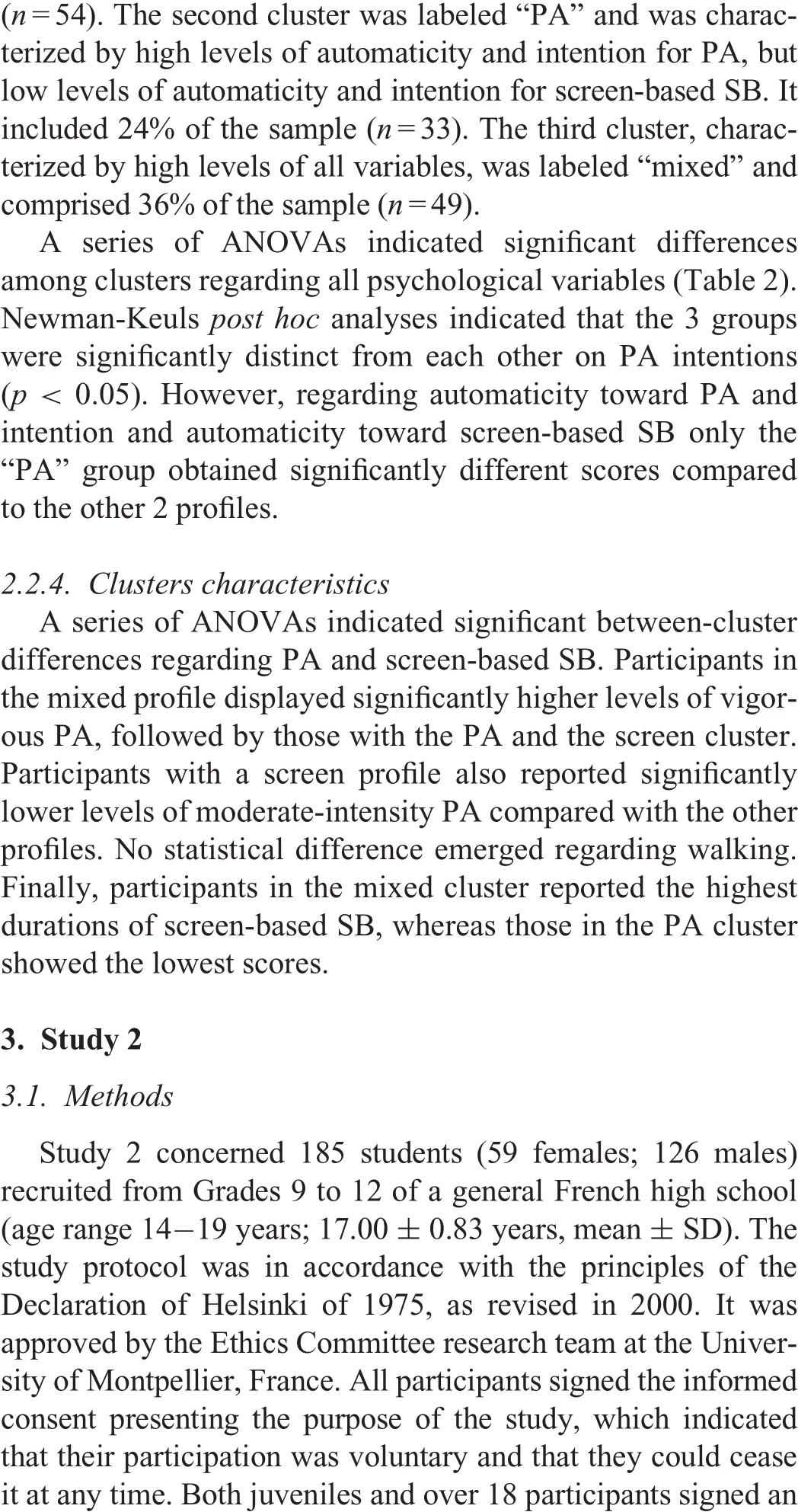
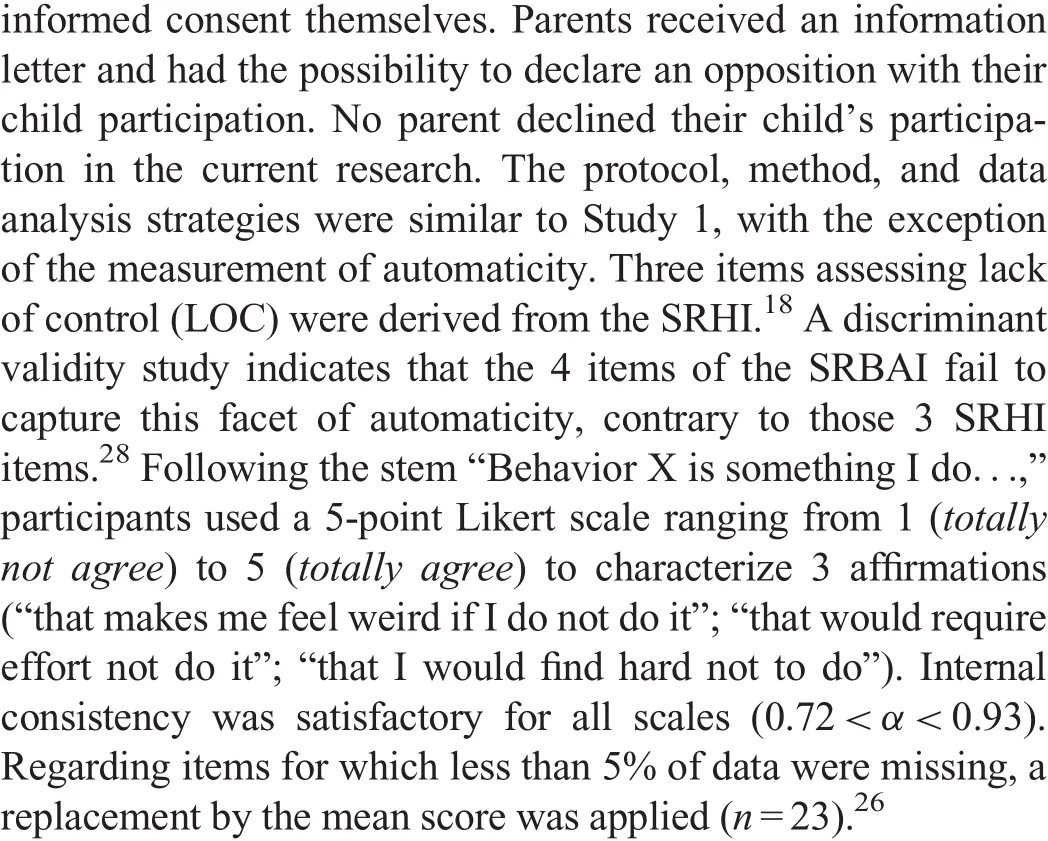
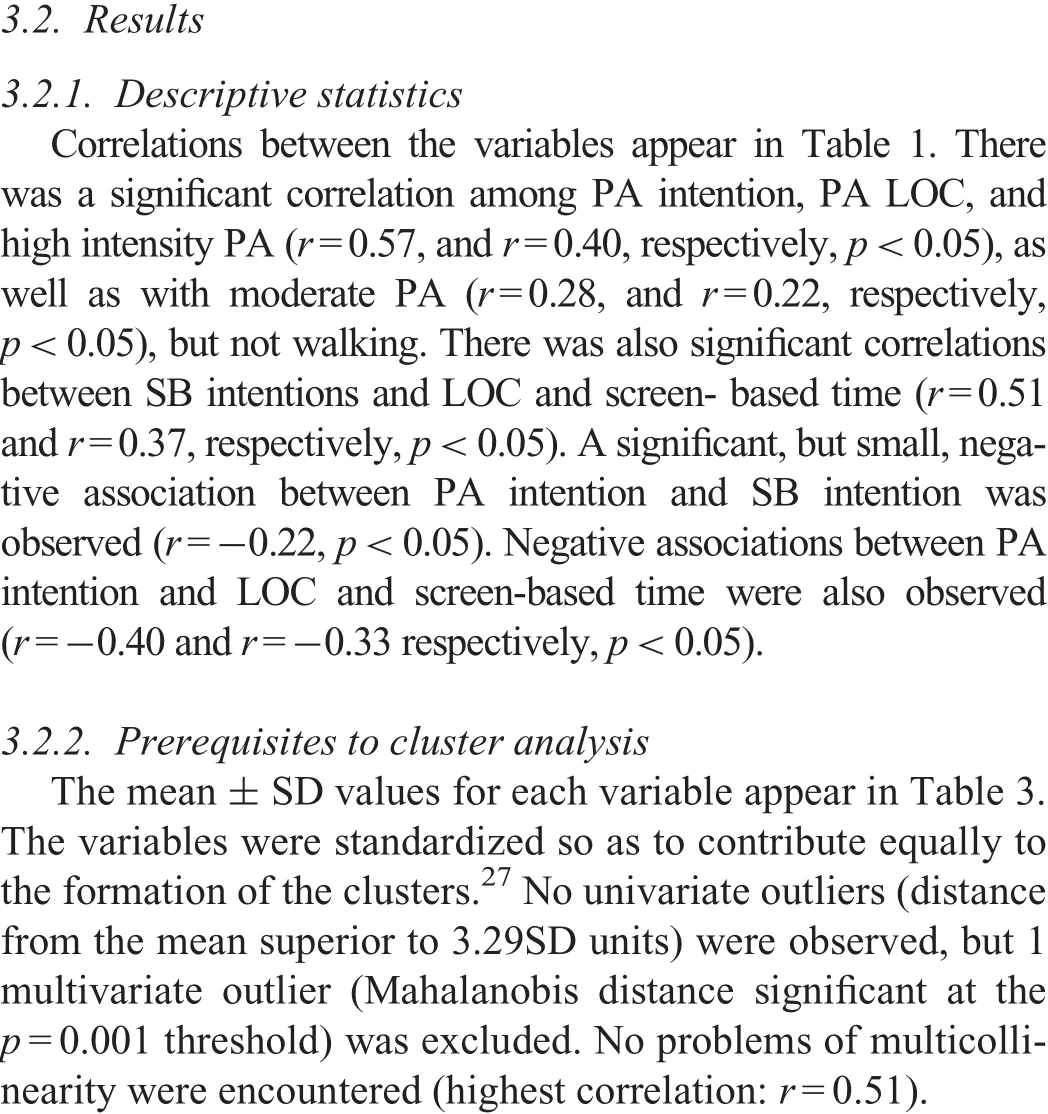
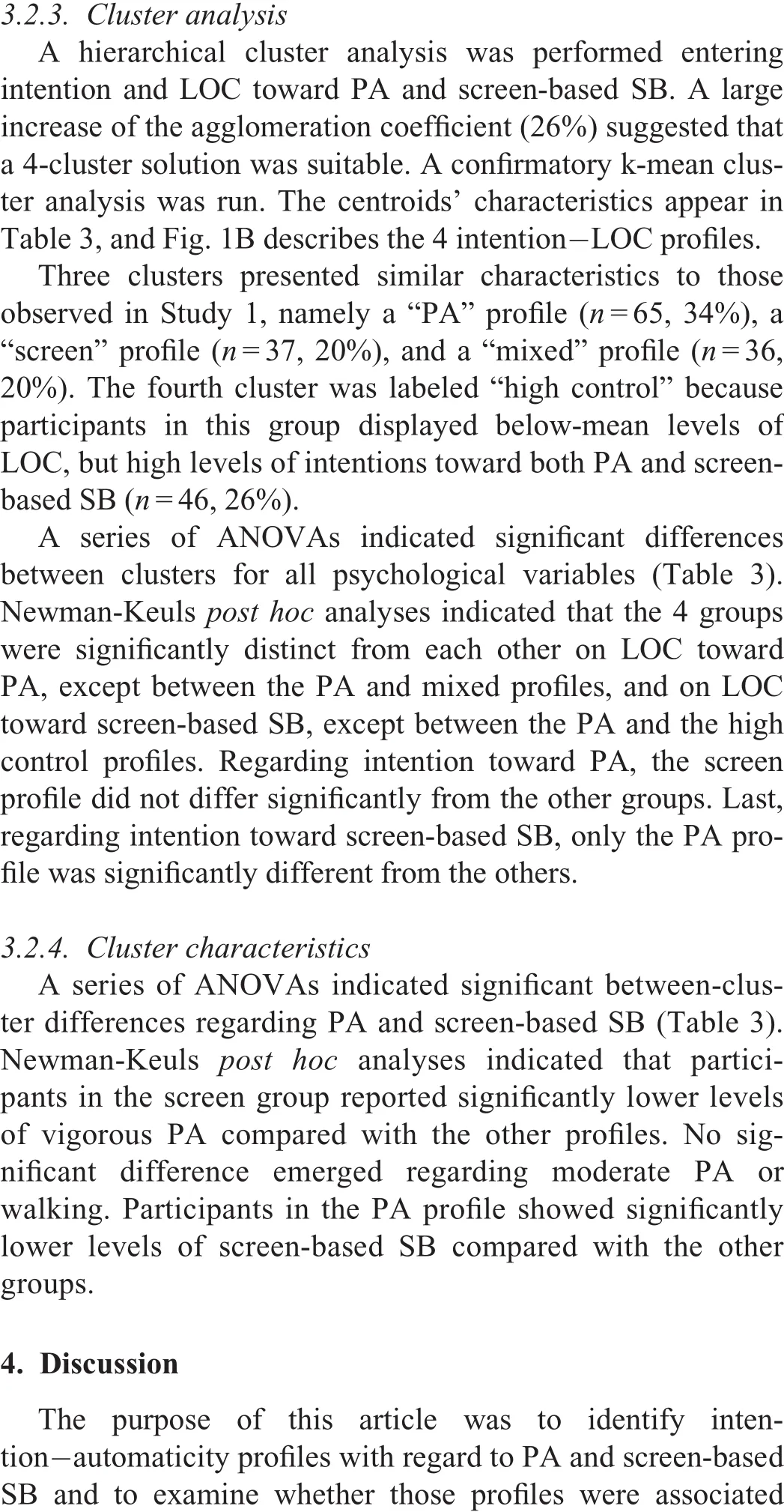

Table3 Mean value and centroid characteristics of intention and automaticity for PA and SB(Study 2,mean±SD).

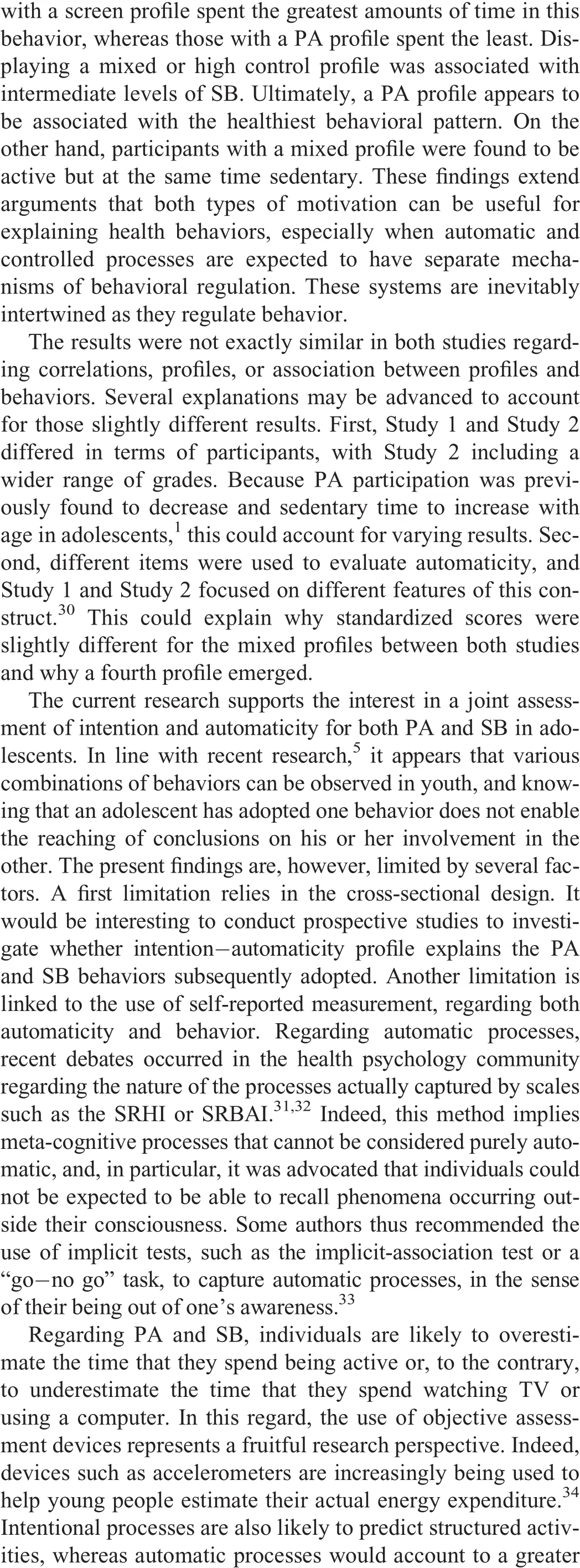
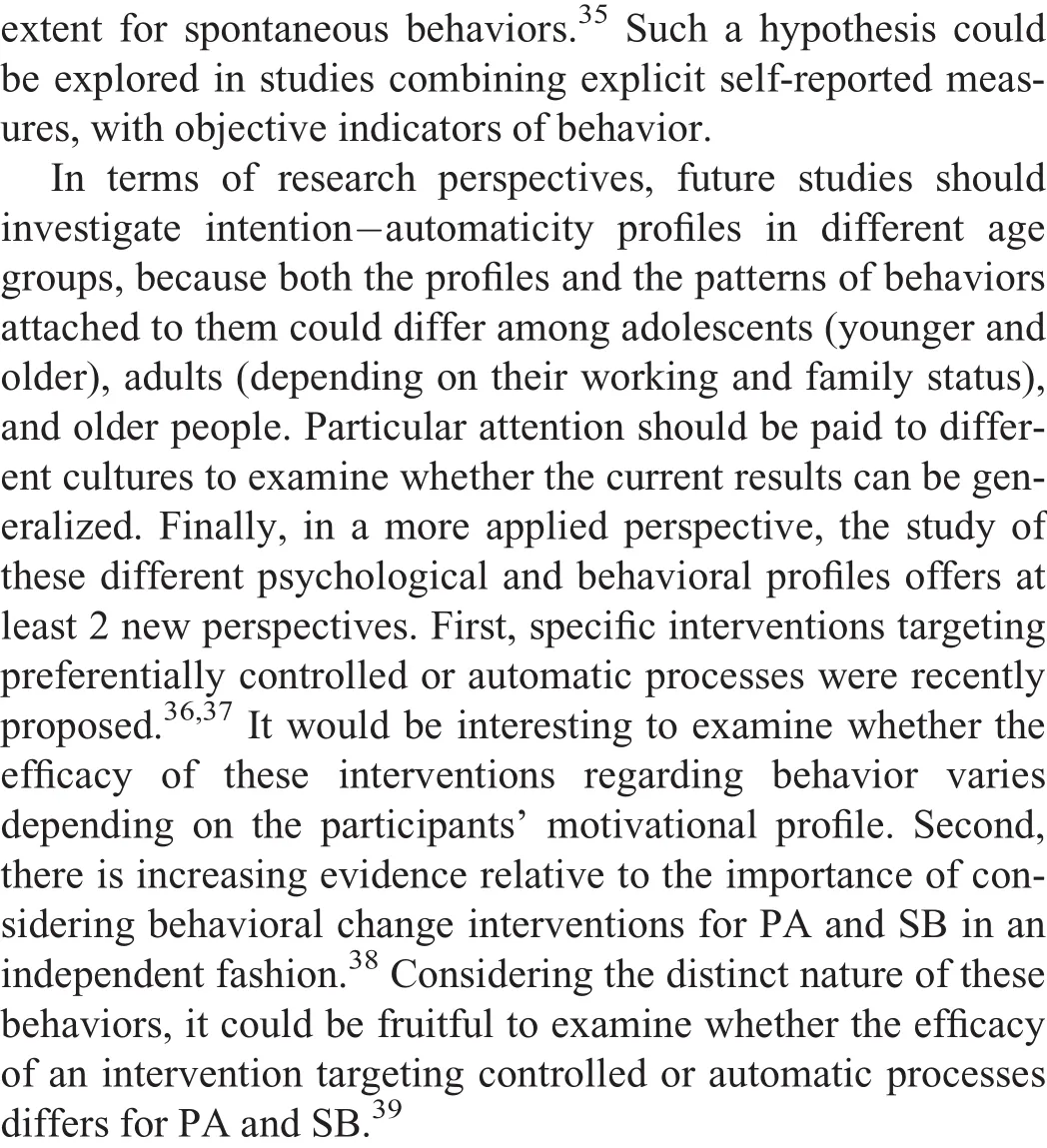
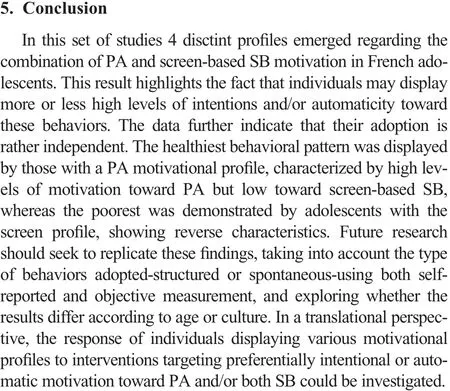




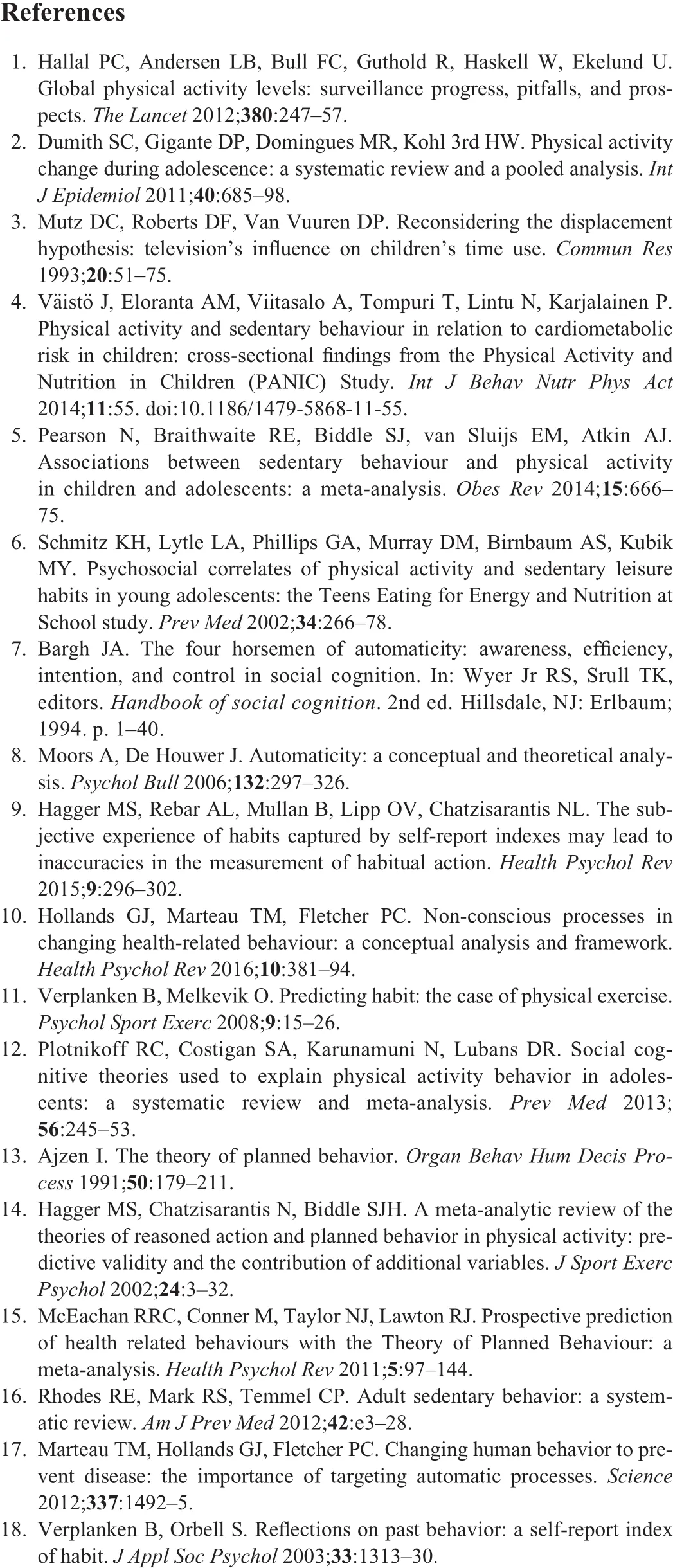
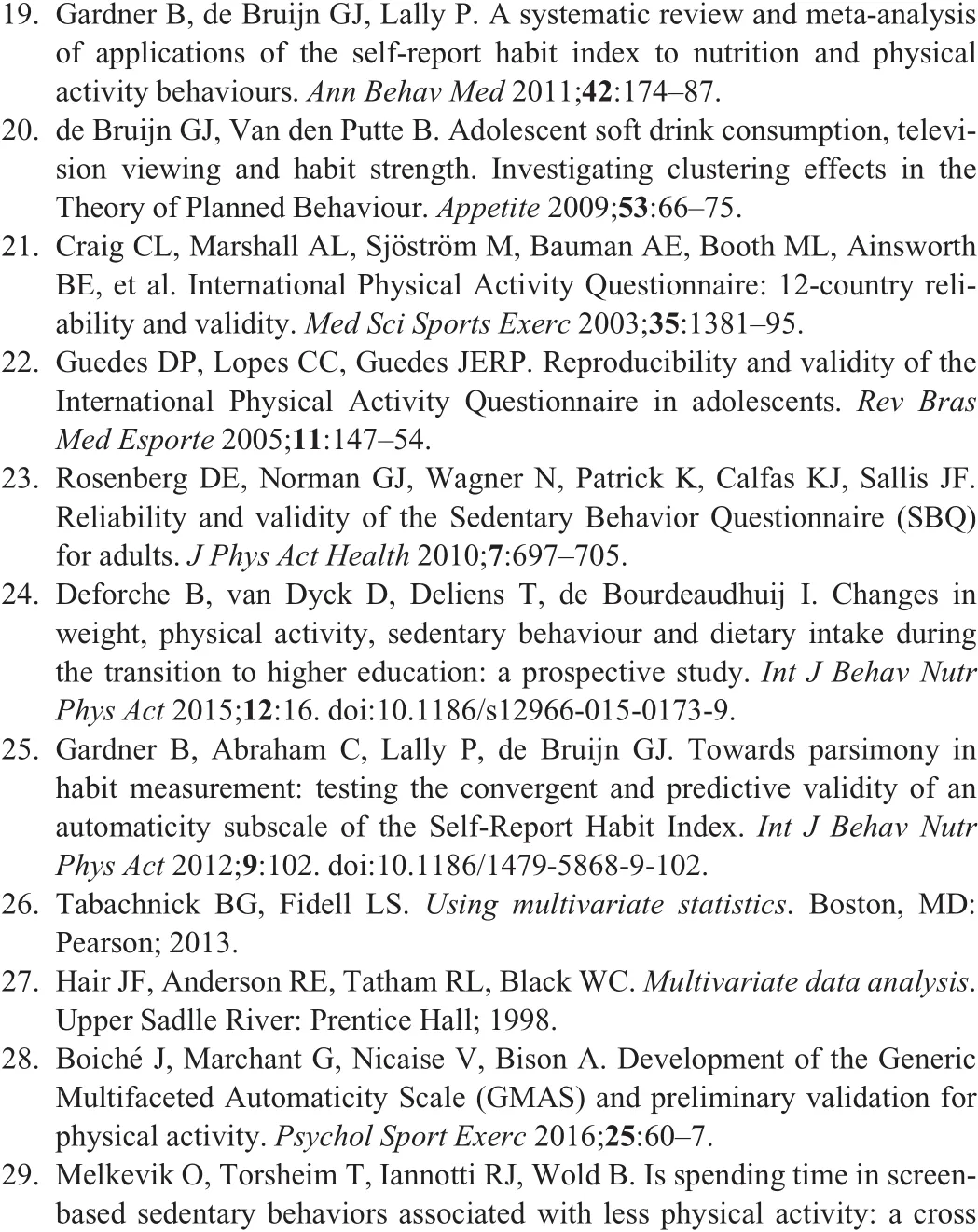
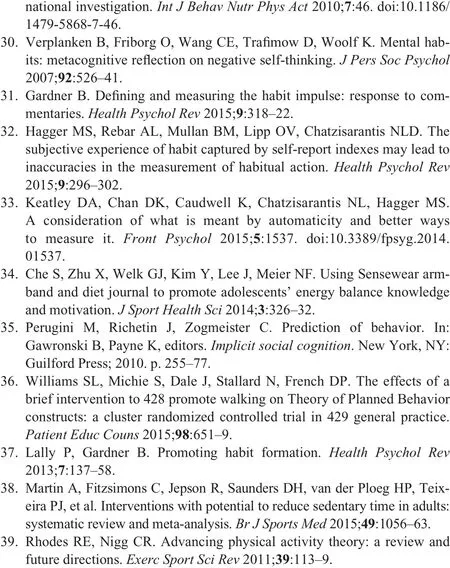
杂志排行
Journal of Sport and Health Science的其它文章
- Sport participation and vigilance in children:In fluence of different sport expertise
- Sedentary behavior and physical activity predicting depressive symptoms in adolescents beyond attributes of health-related physical fitness
- Effects of Rhodiola rosea supplementation on mental performance,physical capacity,and oxidative stress biomarkers in healthy men
- he effects of oral smokeless tobacco administration on endurance performance
- Assessing effect of interaction between the FTO A/T polymorphism(rs9939609)and physical activity on obesity-related traits
- he effect of sex and performance level on pacing in cross-country skiers:Vasaloppet 2004-2017
